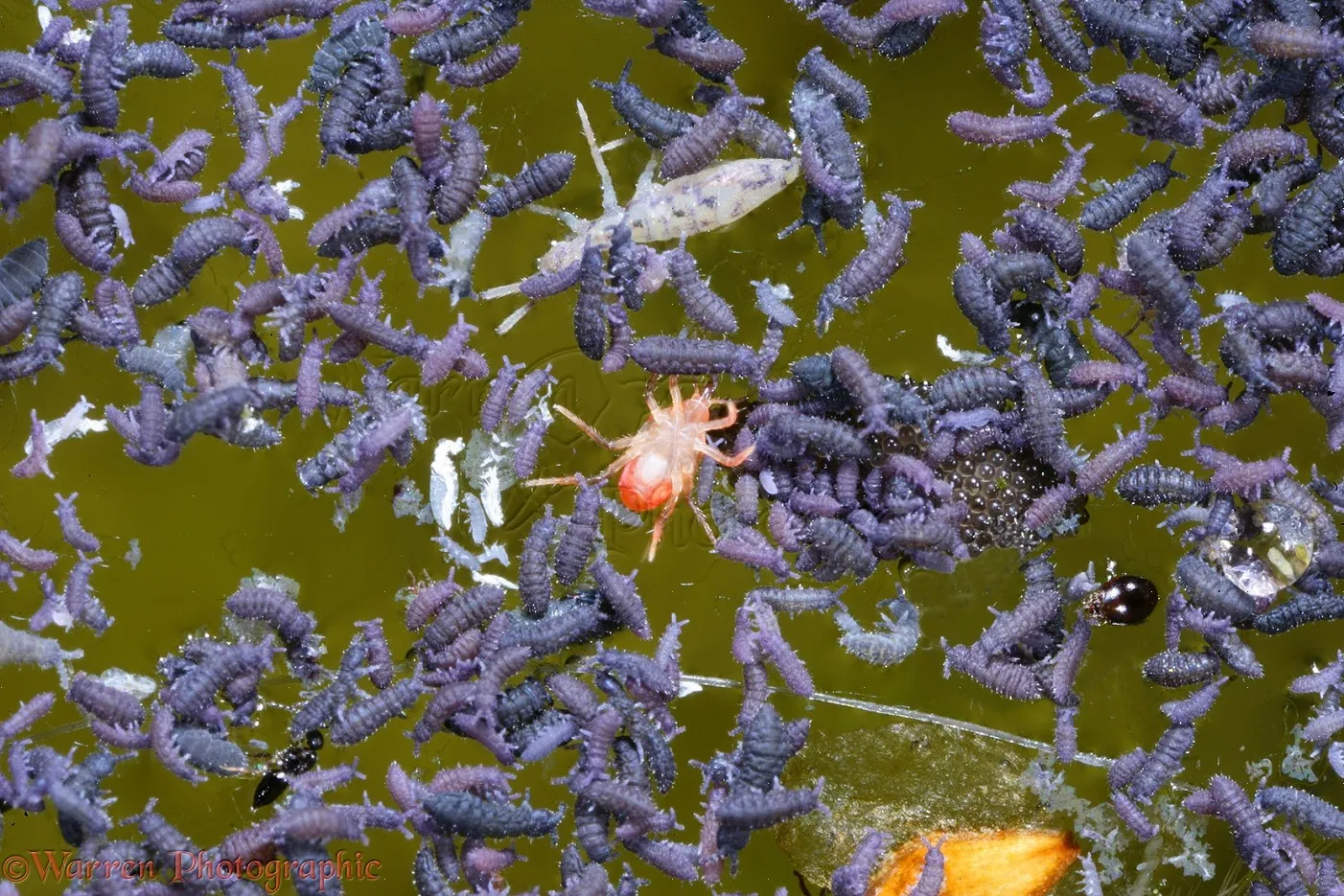The Springtail Dilemma
Encountering springtails in your tarantula’s water dish is a common, yet often unwelcome, experience for tarantula keepers. These tiny, wingless insects, belonging to the order Collembola, thrive in moist environments, making your tarantula’s water dish an ideal habitat. While generally harmless to tarantulas themselves, the presence of springtails can indicate underlying issues within the terrarium and can become a significant nuisance. Understanding springtails, their habits, and the problems they pose is the first step in managing them effectively. This guide provides insights into the five most annoying issues associated with springtails in tarantula water dishes.
What Are Springtails?
Springtails are small arthropods that are often found in damp environments. They play a crucial role in the ecosystem by breaking down organic matter. But within a tarantula enclosure, their presence can be a sign of imbalance. Identifying these tiny creatures is crucial to addressing the problem. They often go unnoticed, and proper identification is critical for selecting the right methods of control.
Appearance and Identification
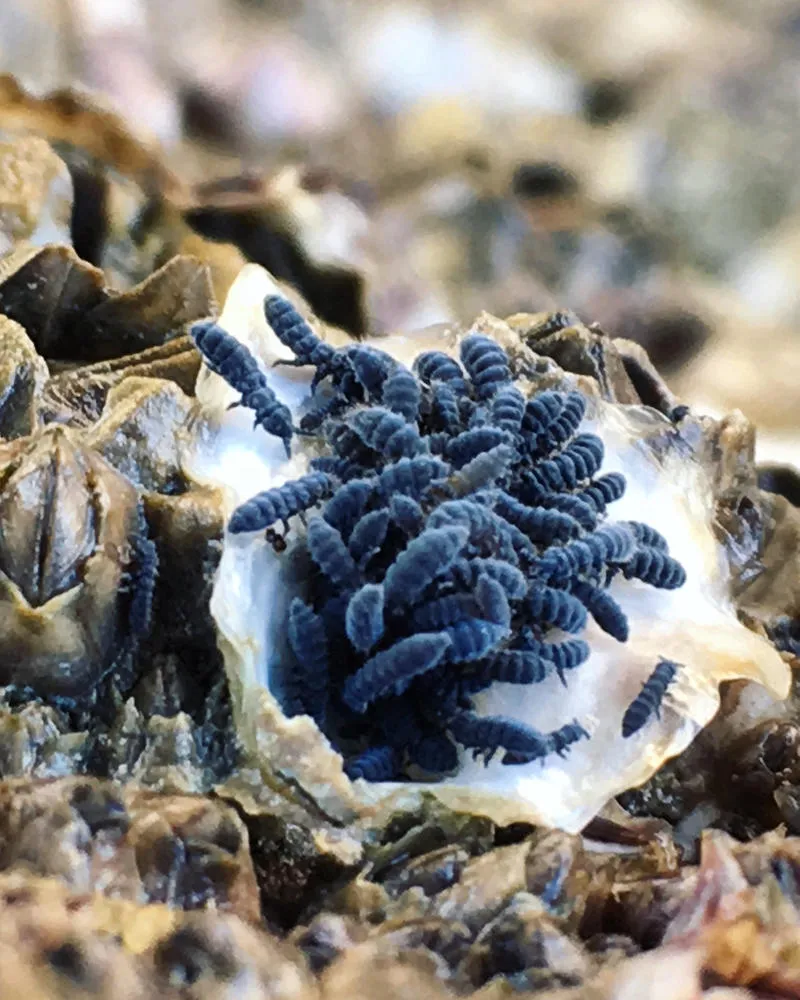
Springtails are minute creatures, usually measuring only 1 to 2 millimeters in length. They are typically pale in color, ranging from white to grey, and are often difficult to spot with the naked eye. A key characteristic is their ability to jump, thanks to a forked appendage called a furcula, which they use to propel themselves into the air when disturbed. This jumping behavior is a telltale sign of their presence. Observing springtails under magnification can help confirm their identification, revealing their simple body structure and unique features.
Habitat and Life Cycle
Springtails flourish in moist environments where they feed on decaying organic matter, fungi, and algae. Their life cycle is relatively short, with rapid reproduction in favorable conditions, often leading to large populations within a short period. In a tarantula enclosure, they are drawn to the water dish, humid substrate, and any organic debris. Understanding their habitat preferences and rapid life cycle is essential for preventing and managing infestations. They reproduce quickly, and in the right conditions, their populations can explode, making eradication a challenge.
Why Springtails Are a Problem in Tarantula Dishes
While springtails are generally not directly harmful to tarantulas, their presence in the water dish indicates potential issues and can lead to other problems. Their abundance can suggest a buildup of organic matter, excessive humidity, or poor ventilation in the terrarium. Addressing the reasons for springtail presence is essential for maintaining a healthy environment for your pet tarantula. It often signals a need for adjustments in your terrarium maintenance routine.
Infestation of the Water Dish
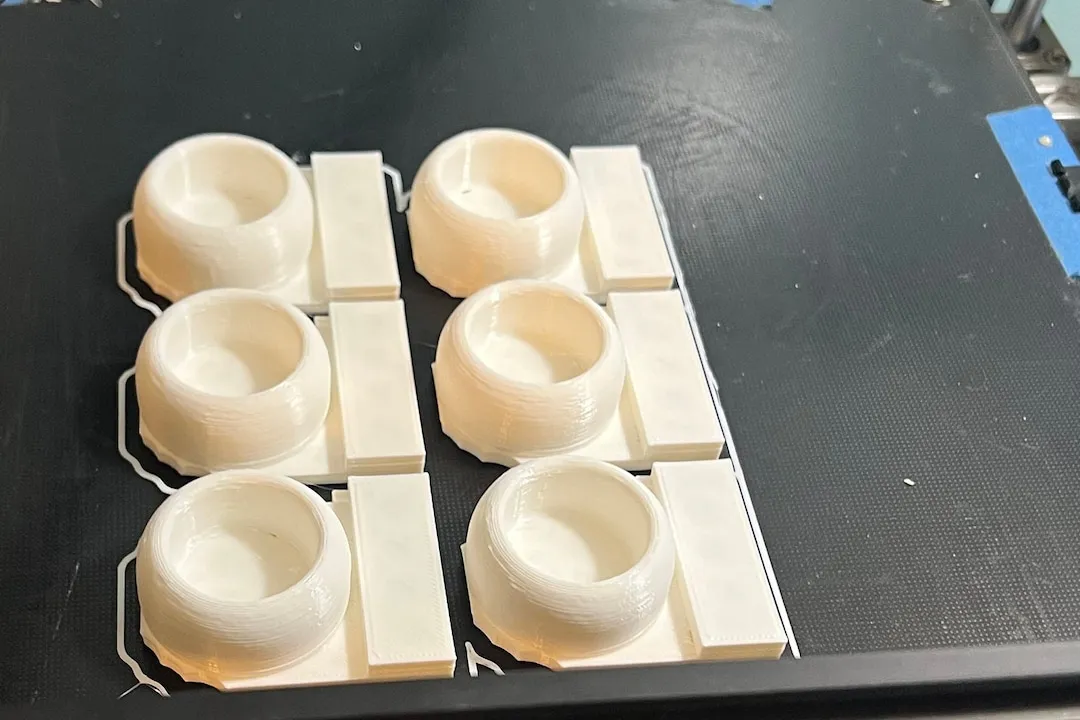
The water dish is a magnet for springtails because it offers a consistent source of moisture and a convenient place to feed on algae and organic debris. An infested water dish can quickly become unsightly and may also indicate that the humidity levels in the terrarium are too high. This can lead to other issues, such as mold growth and the proliferation of other unwanted microorganisms. The water dish, thus, becomes a focal point for pest activity.
Potential Health Risks for Tarantulas
While springtails are not direct parasites or predators of tarantulas, their presence can indirectly impact the health of your pet. Large springtail populations can contribute to an imbalance in the terrarium’s ecosystem, and the conditions that favor springtails, such as high humidity and decaying matter, can also encourage the growth of harmful molds and bacteria. In extreme cases, the presence of these microorganisms can lead to respiratory issues or other health problems for the tarantula. Constant monitoring is essential for early detection.
Aesthetic Concerns and Tank Cleanliness
Springtails can make a tarantula enclosure appear dirty and unkempt. Their presence in the water dish and on the substrate can be aesthetically displeasing, especially if you enjoy observing your tarantula. Moreover, an infestation can make regular cleaning more difficult. The constant need to remove springtails from the water dish and the substrate can be time-consuming and frustrating. Maintaining a clean terrarium is essential for your own enjoyment, as well as for the tarantula’s wellbeing. It also aids in the prevention of more serious issues.
Top 5 Annoying Issues
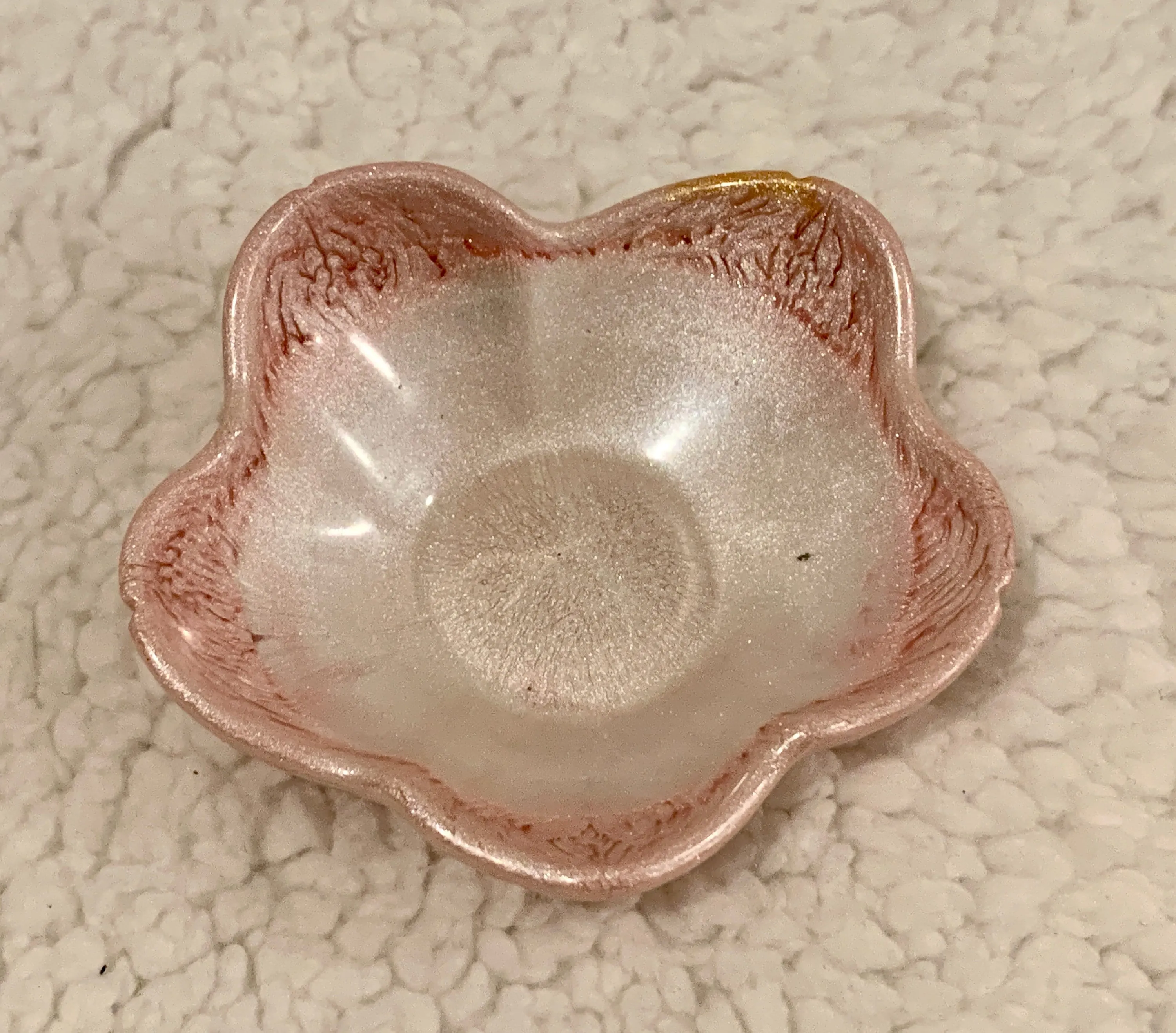
Springtails in your tarantula’s water dish can lead to a host of frustrating issues. Here are the five most annoying problems associated with springtails in your tarantula enclosure.
Issue 1 Constant Cleaning
One of the most frustrating aspects of dealing with springtails is the need for frequent cleaning. You’ll find yourself constantly removing springtails from the water dish. This can be a never-ending cycle. The ongoing cleaning is both time-consuming and irritating. The constant need to clean the water dish and the substrate can be tiresome.
Issue 2 Mold and Fungus Growth
The conditions that favor springtails, such as high humidity and decaying organic matter, also encourage mold and fungus growth. These unwelcome growths can quickly spoil the aesthetic of the enclosure, pose health risks to your tarantula, and create unpleasant odors. The presence of mold and fungus not only looks bad but can also cause respiratory problems for your tarantula. It’s important to maintain a balance and prevent these issues.
Issue 3 Unwanted Tank Inhabitants
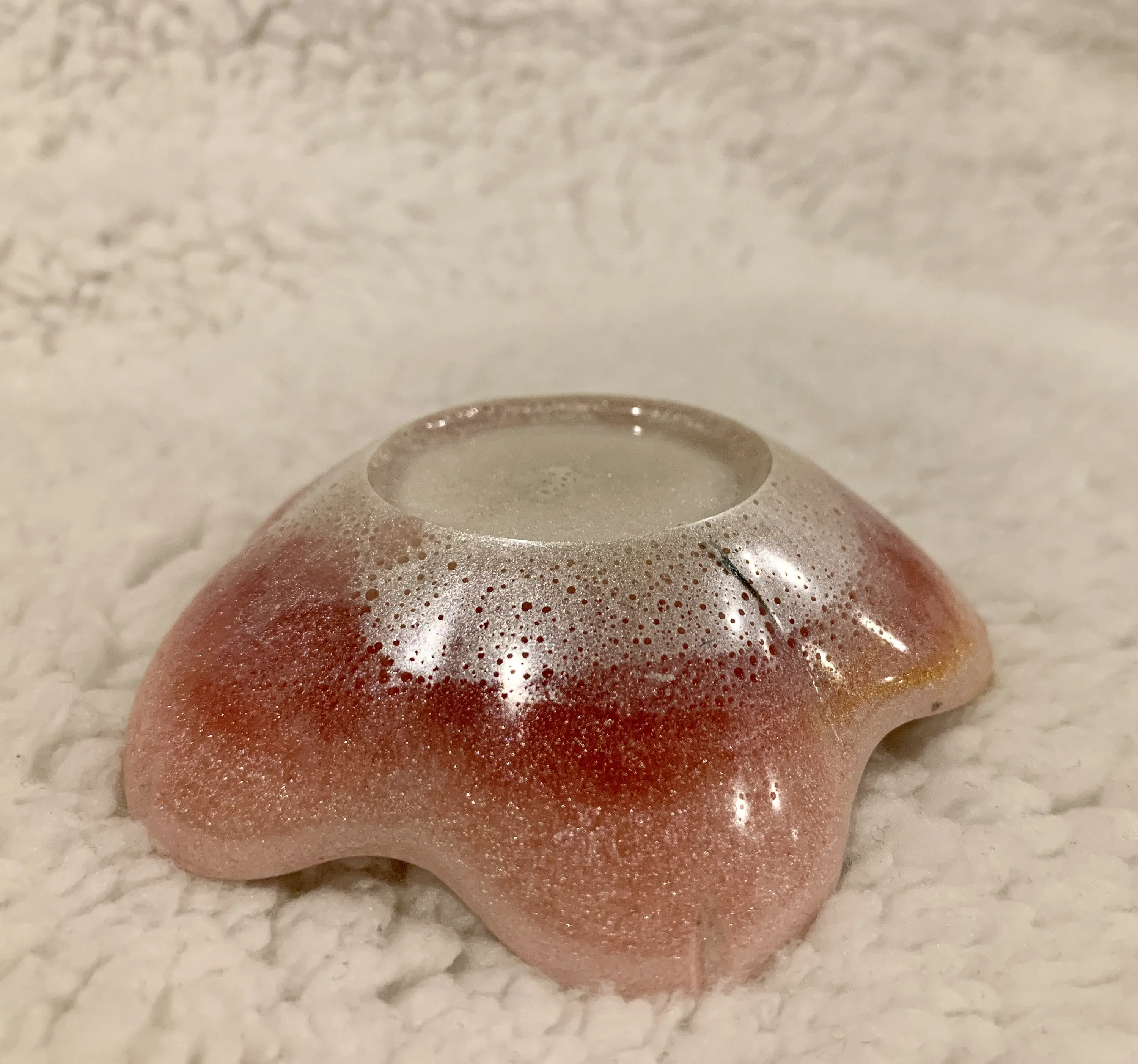
Springtails often indicate a broader problem with the tank’s environment. They may be accompanied by other unwanted tank inhabitants, such as mites or other small pests. These additional pests can compete for resources and create more significant health issues. Addressing the springtail problem often means tackling other infestations as well. This can be a multi-faceted challenge, and the complexity can be overwhelming.
Issue 4 Difficulty in Monitoring Water Levels
A heavily infested water dish can make it difficult to monitor the water level, which is crucial for ensuring your tarantula stays hydrated. The springtails can obscure the water line and make it hard to see when it’s time to refill the dish. This can lead to dehydration or, at a minimum, require you to check the water dish more frequently. Ensuring your tarantula has adequate water is very important.
Issue 5 Disruption of the Tank’s Ecosystem
An overpopulation of springtails can disrupt the natural balance of the terrarium’s ecosystem. While they serve a purpose in breaking down organic matter, too many can create an imbalance. Excessive numbers can negatively affect your tarantula’s environment, potentially affecting the substrate and air quality. Maintaining a balanced ecosystem is essential for the well-being of your pet tarantula.
Effective Solutions
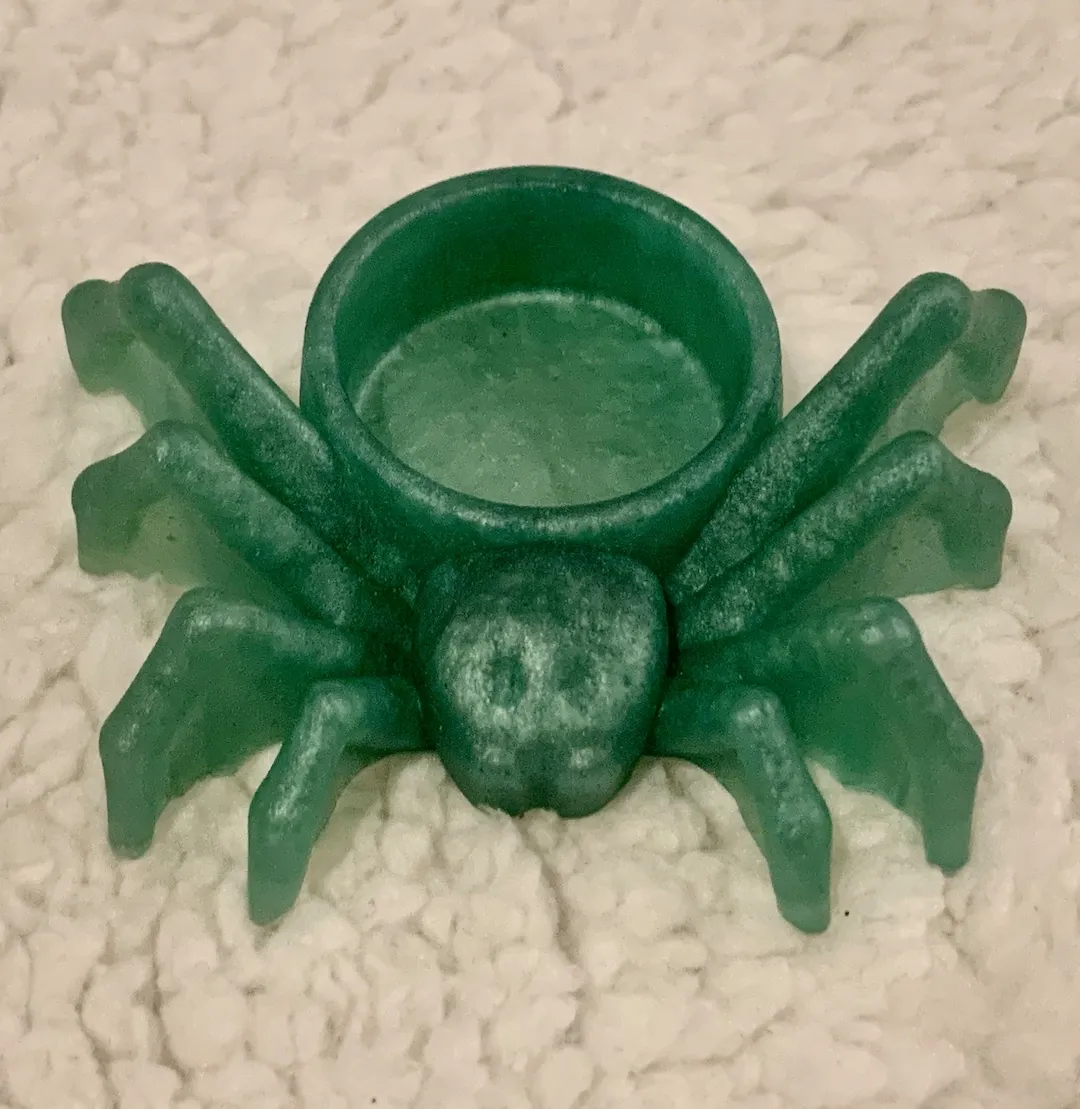
Fortunately, several effective solutions can help you manage springtails in your tarantula’s water dish. These solutions range from simple cleaning to more involved preventative measures. These are the best methods for eradicating springtails in your tarantula’s habitat and keeping them from coming back. By using a combination of techniques, you can restore balance to your terrarium.
Cleaning and Replacing the Water Dish
The simplest and most immediate solution is to clean and replace the water dish regularly. Remove the infested dish, thoroughly clean it with warm water, and replace it with fresh, clean water. This method provides immediate relief, but it’s only a temporary fix. This approach targets the source of the problem. This method is a great first step in controlling springtails.
Using Insecticides and Pesticides
In severe cases, you might consider using insecticides or pesticides specifically designed for use in reptile enclosures. Always use these products with extreme caution and follow the manufacturer’s instructions. Make sure the product is safe for use around tarantulas and other invertebrates. Some keepers prefer to use a diluted solution of reptile-safe insecticides, but this should be a last resort. Consult with an expert if you decide to go this route.
Adjusting the Tank’s Humidity
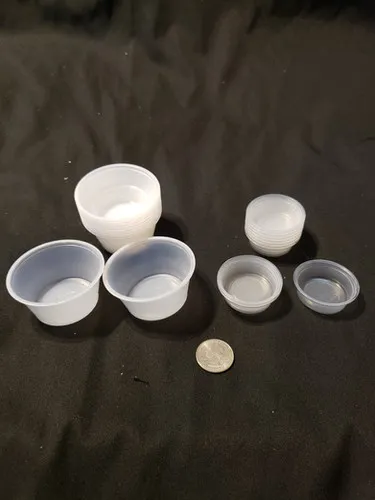
Springtails thrive in humid environments. Adjusting the humidity levels in your tarantula’s terrarium can make the environment less favorable for them. Monitor the humidity levels with a hygrometer. Ensure the terrarium is adequately ventilated to help regulate humidity. Consider the specific needs of your tarantula species, as different species require different humidity levels. Adjusting humidity can be a very effective approach.
Introducing Beneficial Organisms
In some cases, introducing beneficial organisms, such as predatory mites or nematodes, can help control springtail populations. These organisms feed on springtails and can help bring the population under control. This method is a more natural approach to pest control. Research the best options for your tarantula species and make sure the new organisms won’t harm your tarantula.
Preventative Measures
Prevention is key to avoiding springtail infestations in the first place. Implementing a few simple measures can greatly reduce the likelihood of an infestation and make your tarantula-keeping experience more enjoyable. These preventative methods will help keep the springtails from returning.
Regular Cleaning Schedule
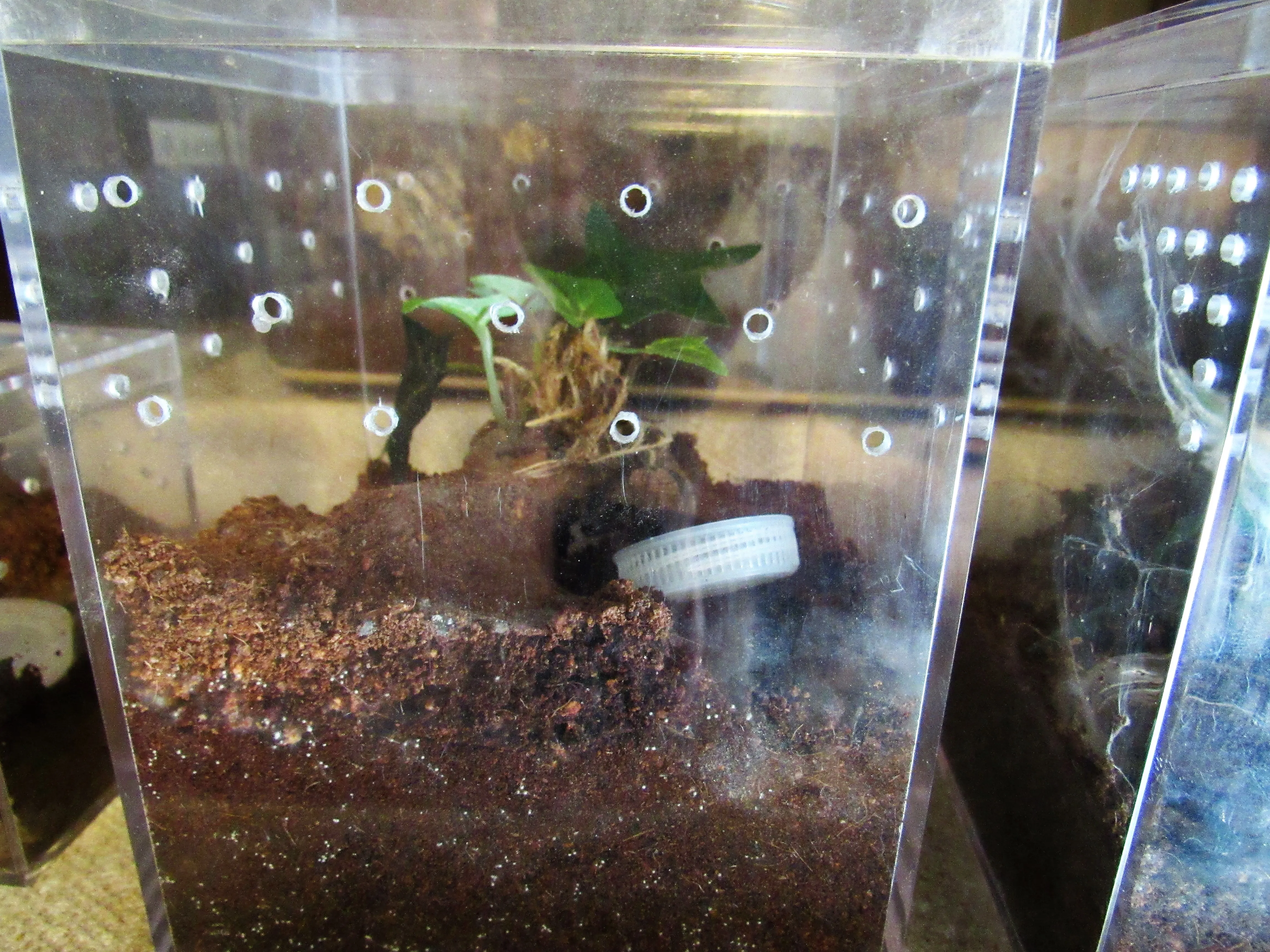
Establishing a regular cleaning schedule is the most critical preventative measure. This includes cleaning the water dish frequently, removing any uneaten food, and spot-cleaning the substrate. These measures will eliminate the food sources springtails need. Consistency is key, and the more diligent you are with your cleaning routine, the less likely you are to encounter springtails. A clean environment is a healthy environment.
Proper Ventilation
Ensure that your tarantula’s enclosure has adequate ventilation. Proper airflow helps to regulate humidity levels and prevents the buildup of moisture. Insufficient ventilation will create the damp conditions that springtails thrive in. Proper ventilation helps maintain a healthy environment. Proper ventilation will minimize moisture accumulation.
Use of Clean Substrate
When setting up or maintaining your tarantula’s enclosure, always use clean, high-quality substrate. Replace the substrate regularly. Avoid using substrate that contains decaying organic matter or is already damp. This step eliminates potential food sources for springtails. Replace old substrate with clean substrate. Proper substrate care is key to preventing infestations.
Choosing the Right Water Dish
The type of water dish you choose can also influence the likelihood of a springtail infestation. Avoid dishes that are easily accessible or that have crevices where springtails can hide. Opt for a dish that’s easy to clean and doesn’t provide hiding places. Ceramic or glass water dishes are often preferred. A well-chosen water dish simplifies cleaning. Choose a dish that is both practical and easy to maintain.
In conclusion, while encountering springtails in your tarantula’s water dish can be a nuisance, understanding the underlying issues, and implementing the right solutions can help you manage and even eliminate them. By maintaining a clean and well-ventilated terrarium and following the preventative measures outlined, you can ensure a healthy and enjoyable environment for both you and your tarantula. Regular monitoring and proactive care are your best tools in the ongoing battle against springtails. Keeping a close eye on your terrarium and taking action promptly will help you maintain a thriving environment for your tarantula. Remember, prevention is always the best approach when it comes to pests in your tarantula’s habitat.
